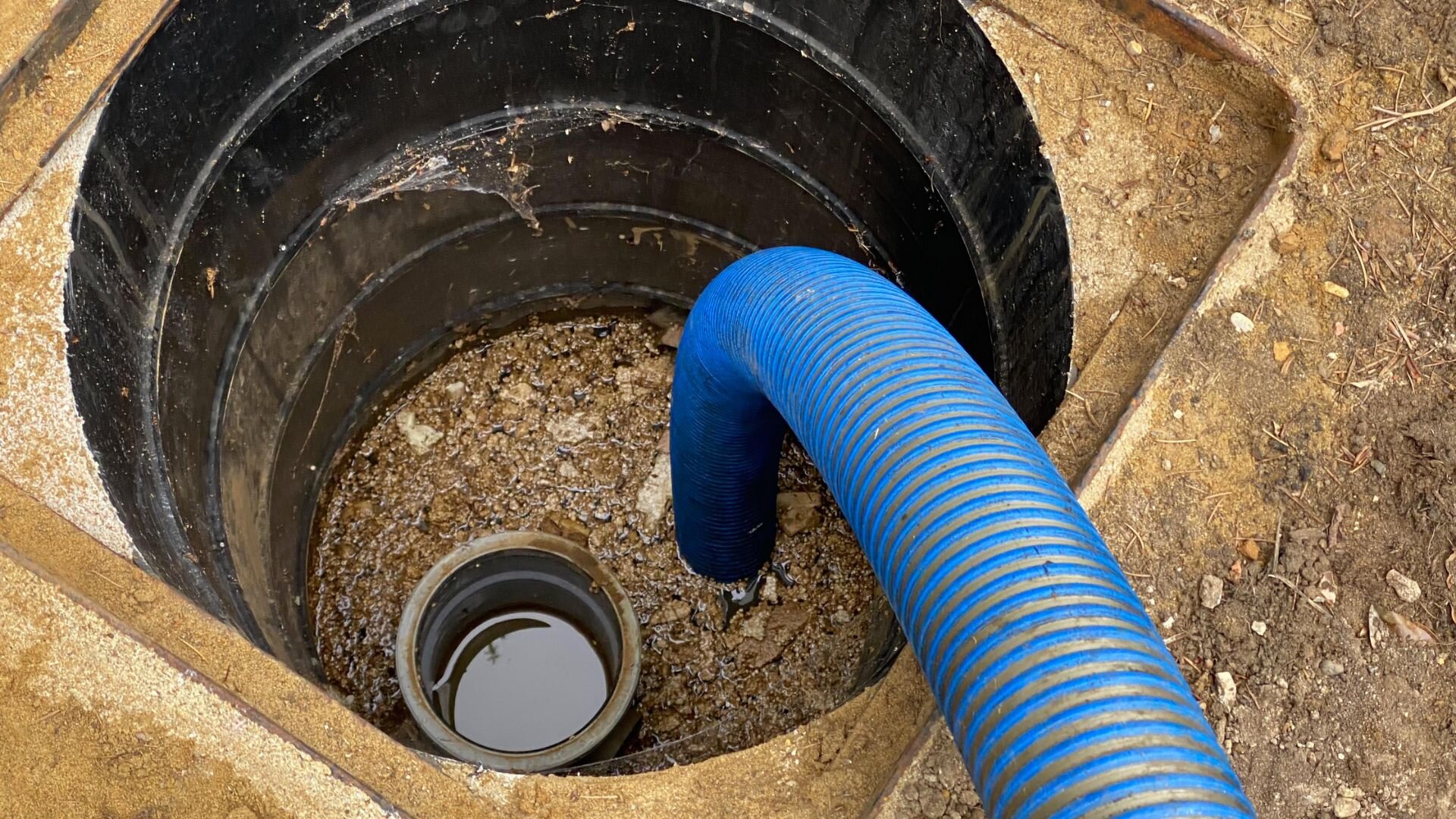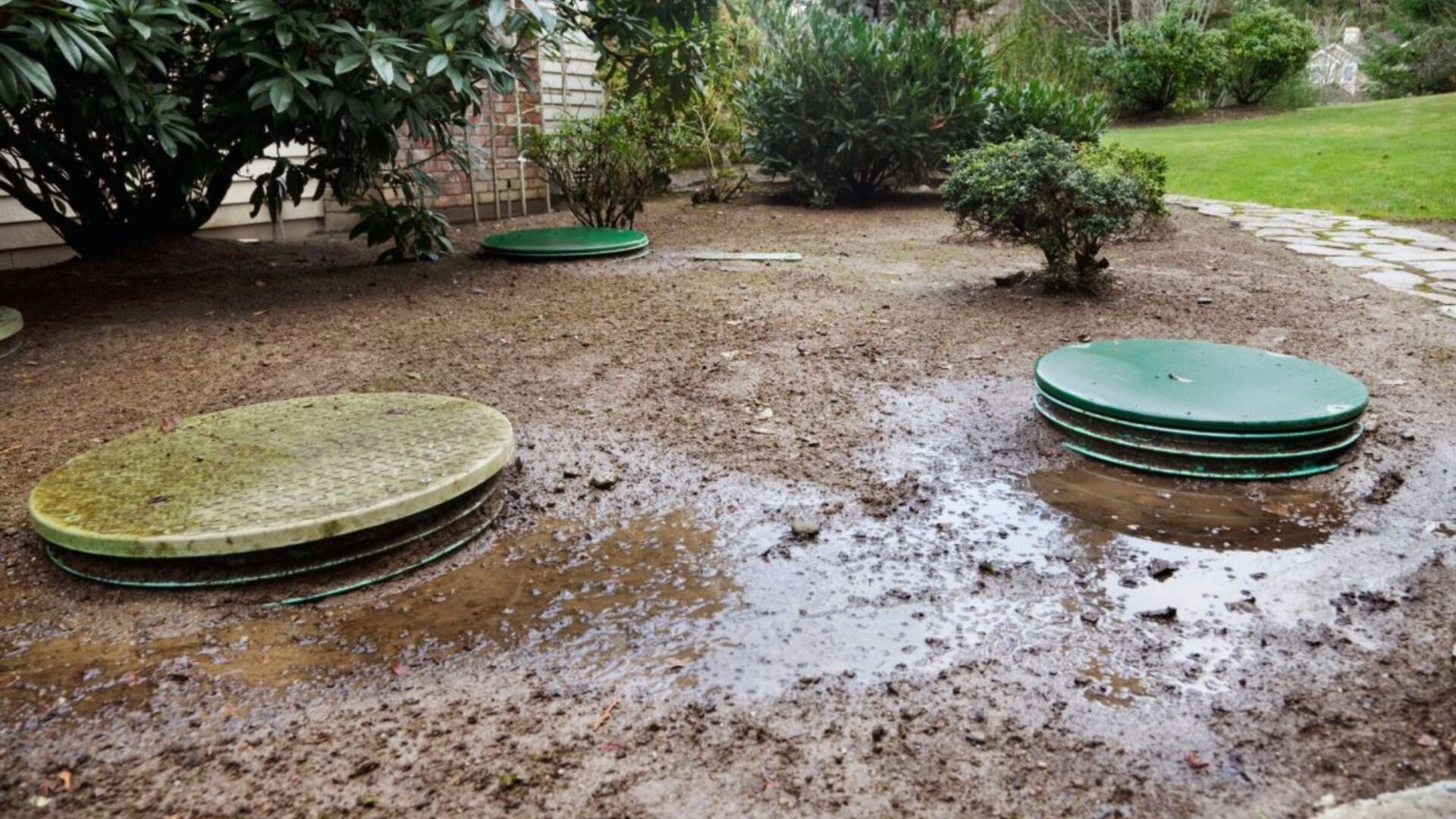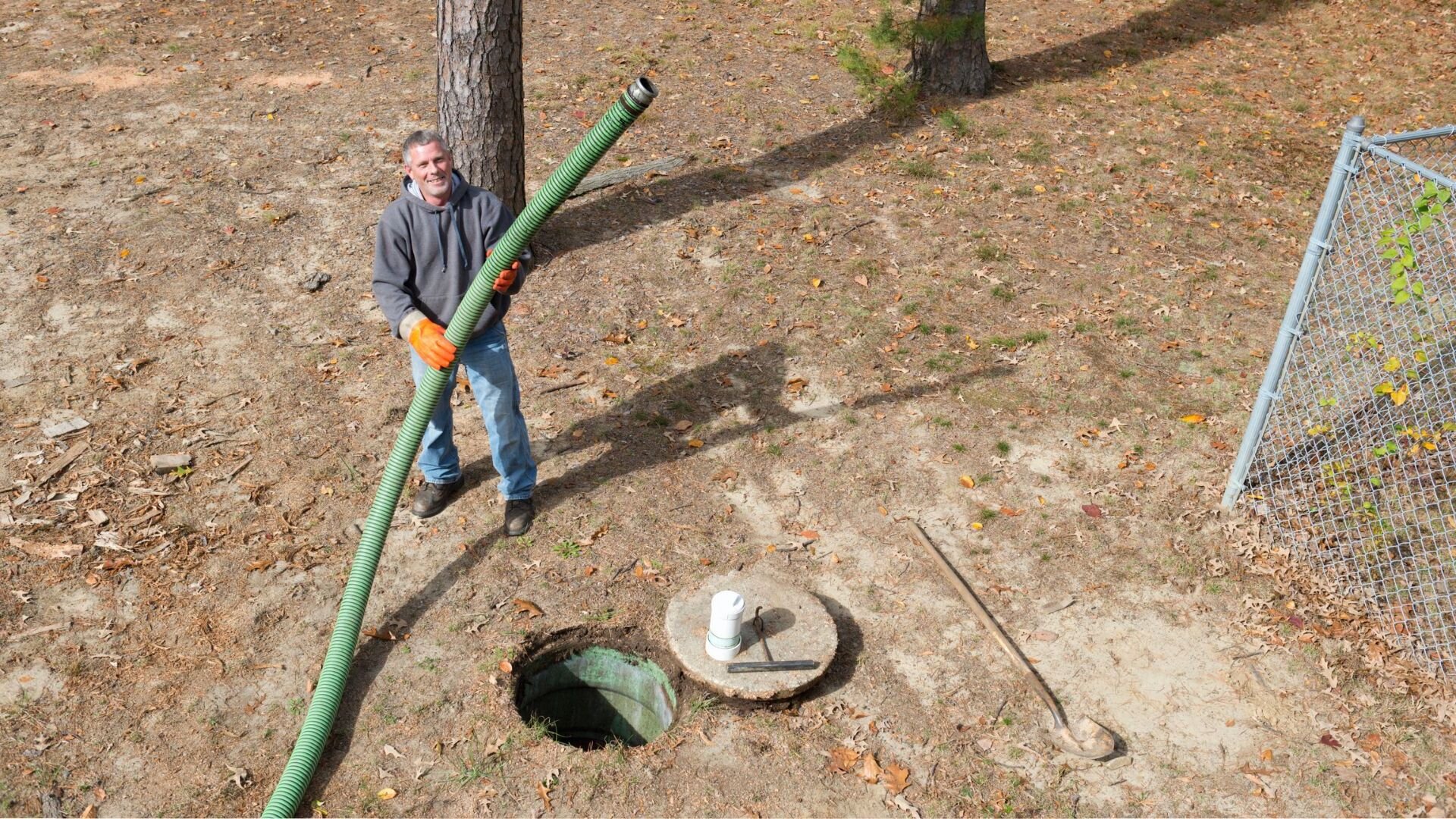
Septic tanks and household drain systems team up to handle wastewater for homes that don’t link to municipal sewer lines. If one part of this setup fails or clogs, it can spell trouble for the whole system.
A blocked household drain can back up sewage into the home, while a full or malfunctioning septic tank may overflow into drain lines. Understanding how these systems interconnect is essential for maintenance and troubleshooting potential issues.
Septic tanks are designed to collect household wastewater and allow solids to settle to the bottom while liquids are dispersed into the drain field. When solids build up too much in the tank, they can be flushed into drain lines instead of properly decomposing.
Clogged drains prevent wastewater from exiting the home, causing it to back up into low-lying fixtures and potentially overfill the septic tank. If either system becomes overwhelmed, sewage can pollute yards, basements, or nearby water sources.
The Mechanism of Septic Tanks
Septic tanks treat household wastewater using natural bacterial processes and simple mechanics. As wastewater enters the tank from the home, it slowly passes through an inlet tee or baffle that distributes the flow evenly across the entire width of the tank. This allows solids like food scraps, paper, and human waste to separate from liquids and settle to the bottom.
Liquids go through a filter and screen catching leftover solids, letting clearer liquid move to the drain field. Meanwhile, heavier solids keep settling at the tank’s bottom, where bacteria slowly break them down.

Within the septic tank, solids and scum rise to the top and form distinct layers over time. The partitioned tank separates the entering wastewater from the liquid, leaving for the drain field.
This allows solids to remain undisturbed as they gradually break down by bacteria over months. Gases produced from decomposition are trapped under the tank lid. Periodic pumping is required to remove built-up solids from the bottom of the tank before they are compacted and pushed into the drain field, which could cause clogs.
Signs of Septic Tank Issues
There are a few noticeable signs above ground that can indicate a homeowner’s septic system may be experiencing problems and need attention. Slow drainage or backups in sinks and drains are apparent signs the system is not accepting wastewater efficiently. Soggy or flooded spots in the drainage field, especially after heavy rains, could mean the leach field has been compromised.
You might also notice unusual smells from plumbing vent pipes, the drainage field, or nearby soil. If sewage backs up instead of seeping away, it’s worth having the odour checked out.

Look out for signs of a backup around septic tank access ports, like fluid bubbling up or overflowing inspection pipes. This liquid could be sewage, not just the usual clarified effluent.
An unexplained decrease in the intervals between routine pumping schedules required could mean excess solids are accumulating faster than normal within the tank. Grass or plants growing excessively green and lush above the drainage field may result from extra nitrogen in the soil from a system malfunction.

These indicators warrant getting the septic system inspected and evaluated by a professional.
Septic Tank Woes Leading to Blocked Drains
An overfull septic tank, or when solids aren’t breaking down right, stresses the whole waste system. Liquid waste that hasn’t separated may carry solid particles into the drain field, leading to clogs in underground pipes.
Additionally, a backed-up septic tank needs somewhere to send the fresh waste entering it from the household. Sewage may then start backing up through low fixtures like sinks, showers, and toilets as the tank tries to compensate. Debris, like toilet paper, grease, hardened faeces, and other solids, can accumulate in drains as excess flow overload capacity.

Malfunctions within the septic tank upsetting its balance of separation and decomposition have cascading effects. A clogged drain field prevents the septic system from properly discharging liquid effluent, reducing the available volume for new waste.
As a result, incoming solids and liquids that couldn’t settle out headed back toward the home’s plumbing. This causes a persistent cycle where the drain lines or septic tank can become overwhelmed, leading to backups and unnecessary waste of valuable wastewater resources. Addressing the core septic tank issues is necessary to ease pressures throughout the system.
Tree Roots and Septic Tank Challenges
Tree roots growing near or into septic system components can create significant issues over time. Tree and shrub root systems constantly expand in search of water and nutrients. This search can take roots directly into septic tank lids, crack concrete and PVC piping, or infiltrate porous drain fields.
Once established inside closed septic structures, roots have been known to break into hard surfaces or fill tanks. They clog key filtration and flow areas, preventing proper separation and distribution of waste. In drain fields, roots choke porous soil and jam distribution lines, stopping absorption.

Aggressive root growth can pull apart pipes. This tree root intrusion often leads to total system backups and failures, requiring expensive repairs or replacement. Homeowners must carefully consider plantings very close to buried septic system infrastructure.
Clearing Blocked Drains Caused by Septic Tank Issues
When underlying septic tank issues potentially cause blocked drains, it’s essential to address both problems simultaneously to prevent future clogs. The first step is to have the septic tank professionally inspected and pumped to remove built-up sludge that may be backing into the home’s plumbing.

Drain blockages can be cleared more easily by removing the source of excess solids and fluid. A plumber may open cleanouts and run snakes, high-pressure water jets, or air tools through the lines to dislodge clogs. They’ll also check for tree roots or other intrusions and patch any breaks.
Just clearing drains won’t solve a dysfunctional septic system. Tank issues will keep adding debris to overwhelm it over time. It’s crucial to fully evaluate and repair any septic tank faults.
Tips for Preventing Septic Tank-Related Blocked Drains
Homeowners can take proactive steps to help prevent their septic system from overloading and potentially causing drain blockages. The key is to have the tank professionally pumped every 3-5 years to remove sludge build-up.
Limiting what goes down drains by not dumping fats, oils, chemicals, or excessive solids keeps things flowing smoothly. Repairing any leaking fixtures immediately conserves water. Adjusting toilet flushing and washing habits prevents wasting potentially hundreds of extra gallons per month.
.jpg)
Keeping trees and shrubbery at least 10 feet from all septic components avoids future root intrusion issues. Inspecting the drainage area yearly, looking for wet or lush growth and fixing any cracks or breaks helps the system absorb correctly. These essential maintenance tips can help keep the septic tank and drains harmonious for many years.
Connect with Fixed Today Plumbing
Septic tanks and household drainage systems are intricately connected - when one faces problems, it inevitably affects the other. Issues like solid accumulations in the septic tank or root intrusions in the drain field can overload these systems, leading to blockages or back-ups.
It’s essential for homeowners using septic systems to understand these connections and proactively maintain both infrastructure components. Suppose you suspect your septic tank may be contributing to blocked drains or ongoing sewage backups, creating bigger plumbing problems. In that case, it’s time for a professional to evaluate your entire system.
Fixed Today is ready to inspect, diagnose, and address any maintenance needs for your septic and plumbing. Our experts can ensure solid waste and wastewater flow smoothly again from your home to the septic field without overburdening household drains.
Don’t hesitate to contact Fixed Today to discuss options for clearing your lines and optimising your septic performance long-term. We aim to restore your home’s wastewater system in complete working order.














